Loudspeakers
Sort By: Post DateTitle Publish Date
|
Jun 14, 2021
|
Jan 31, 2025 |
First Published: Feb 01, 2025
|
Feb 04, 2025 |
First Published: Mar 01, 2025
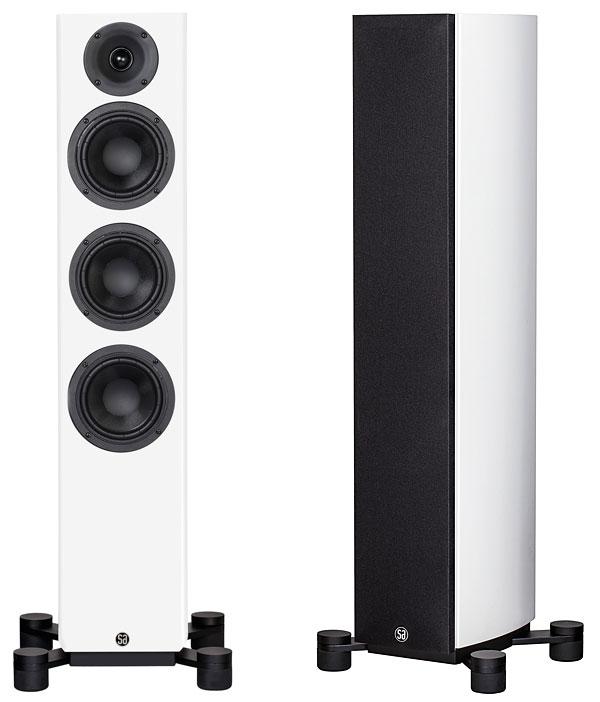
 This Danish brand, new to the UK, has made a name for itself on the Continent with its passive-to-active speakers
This Danish brand, new to the UK, has made a name for itself on the Continent with its passive-to-active speakers
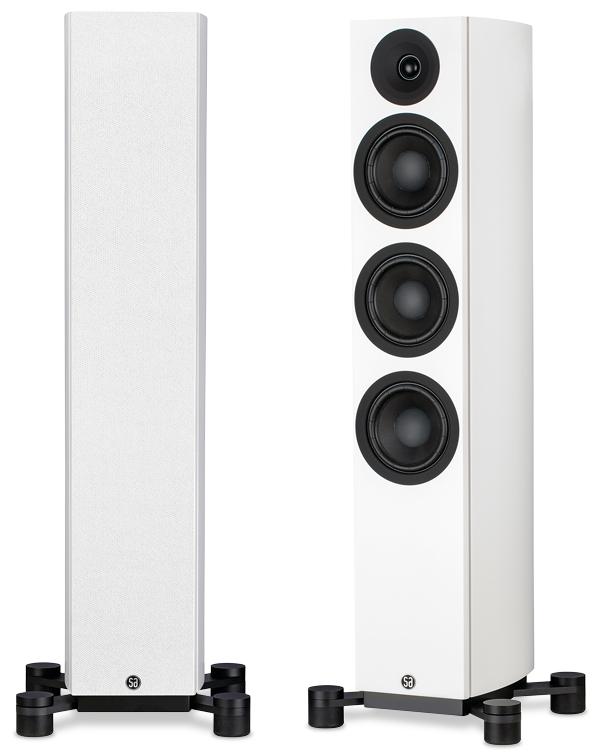
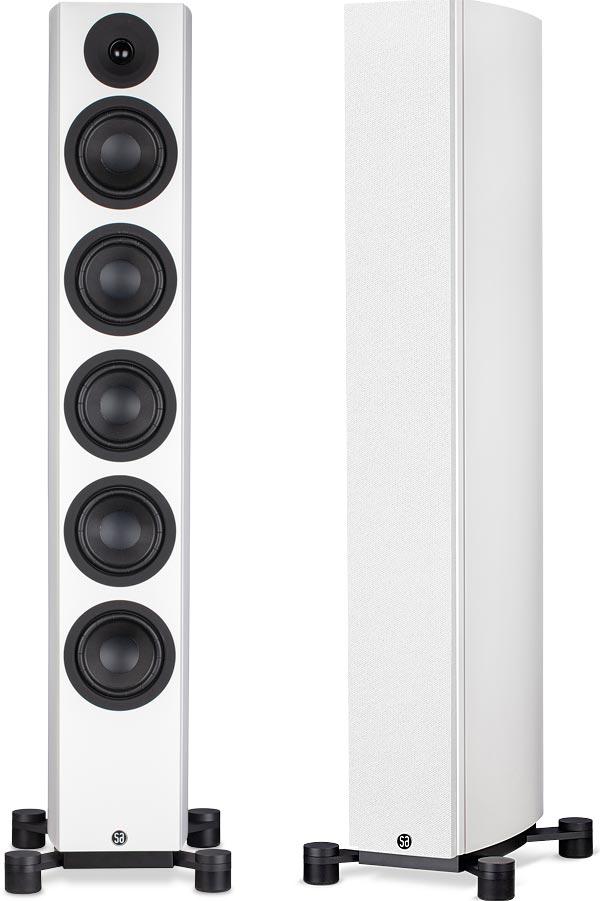
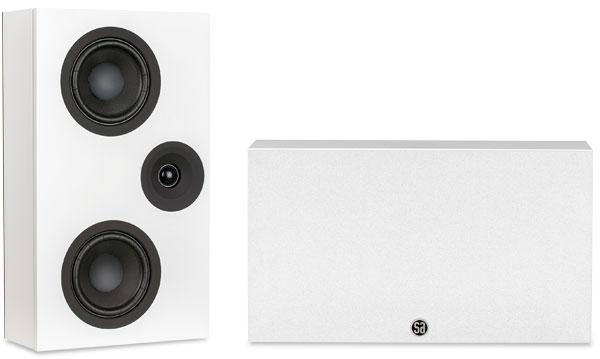
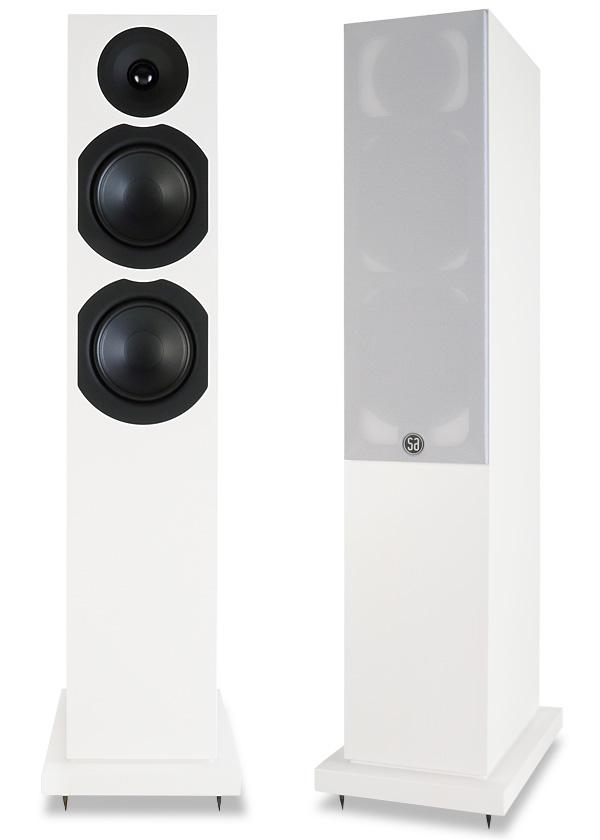
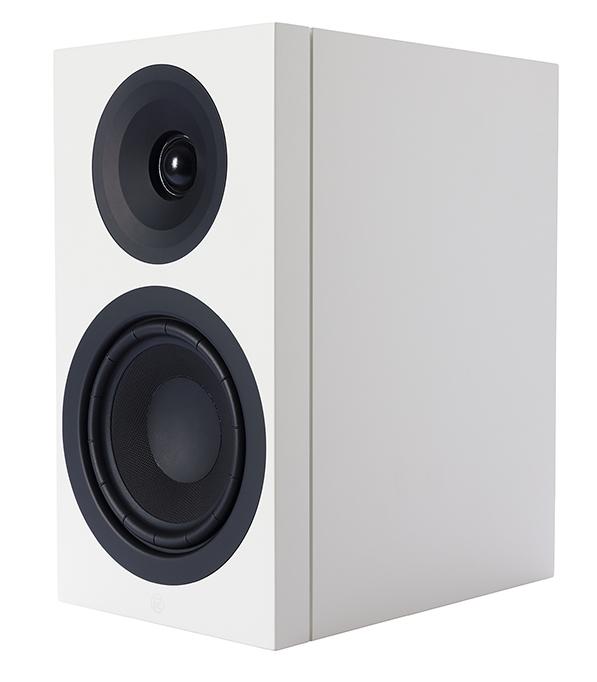
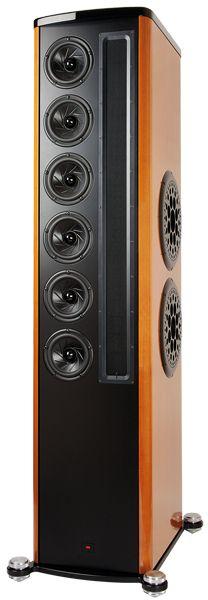
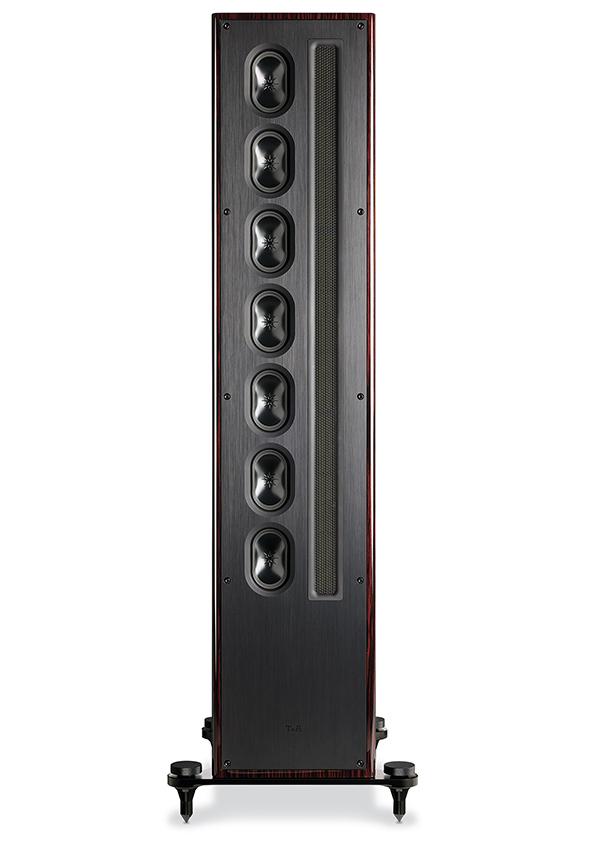
 Germany’s T+A has long been a champion of ‘line source’ floorstanders and its S 530 is the entry model to the concept
Germany’s T+A has long been a champion of ‘line source’ floorstanders and its S 530 is the entry model to the concept
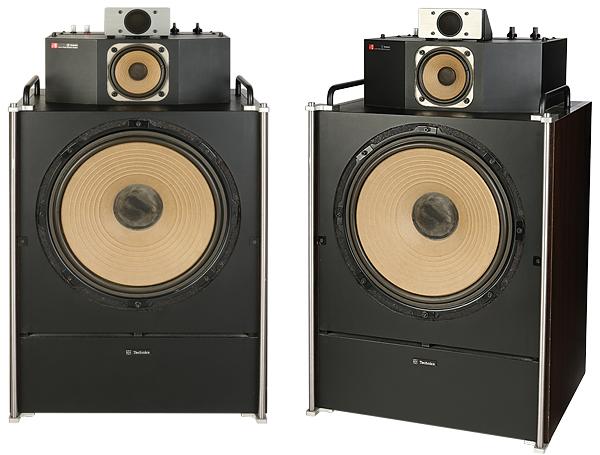
 Bass-heavy behemoth or technical tour de force? We hear a range-topping speaker first launched in 1975 that promised 'true waveform fidelity'. How will it shape up?
Bass-heavy behemoth or technical tour de force? We hear a range-topping speaker first launched in 1975 that promised 'true waveform fidelity'. How will it shape up?
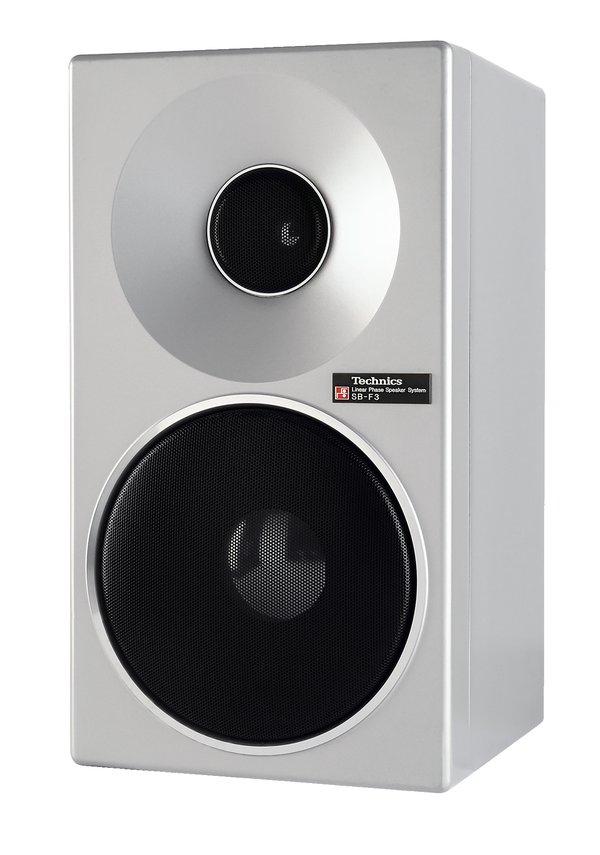
 Largest of a trio of bookshelf speakers featuring diecast alloy cabinets and horn-loaded tweeters, Technics’ SB-F3 was a true high-tech compact. How does it fare today?
Largest of a trio of bookshelf speakers featuring diecast alloy cabinets and horn-loaded tweeters, Technics’ SB-F3 was a true high-tech compact. How does it fare today?


